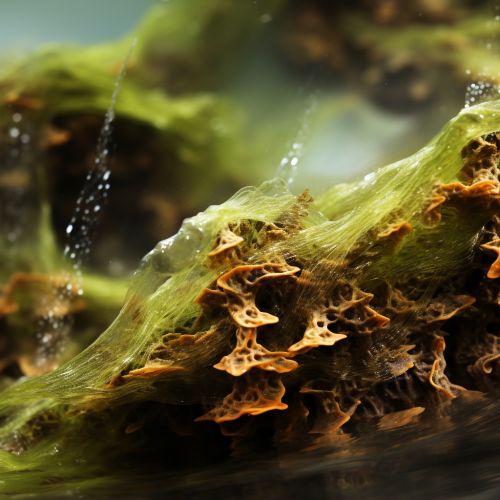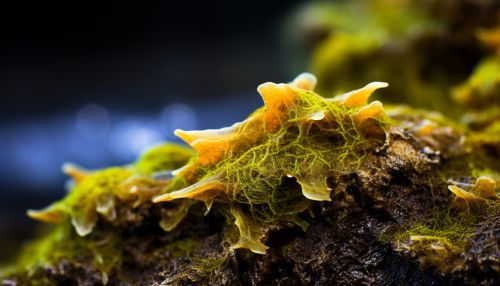Phaeophyceae
Introduction
Phaeophyceae, commonly known as brown algae, is a large group of multicellular algae, including many seaweeds, that are extensively distributed in marine environments across the globe. They play a vital role in marine environments, both as food and as habitat.


Classification
Phaeophyceae is a class within the Heterokontophyta division. They are grouped based on their pigmentation, which includes chlorophyll a and c, and fucoxanthin, which gives them their characteristic brown color.
Morphology
Brown algae exhibit a wide variety of sizes and shapes. The smallest members of the group grow as tiny, feathery tufts of threadlike cells no more than a few centimeters long. The largest members of the group, the giant kelps, can reach up to 60 meters in length.
Ecology
Brown algae are predominantly marine, with fewer than 1% of species found in freshwater environments. They are an important part of the marine ecosystem, providing food and shelter to a variety of marine organisms.
Economic Importance
Brown algae have economic importance as a source of alginate, a polysaccharide used in food and industrial applications. Some species are also used directly as food, particularly in East Asian cuisines.
